Pallet Trucks
Filters
-
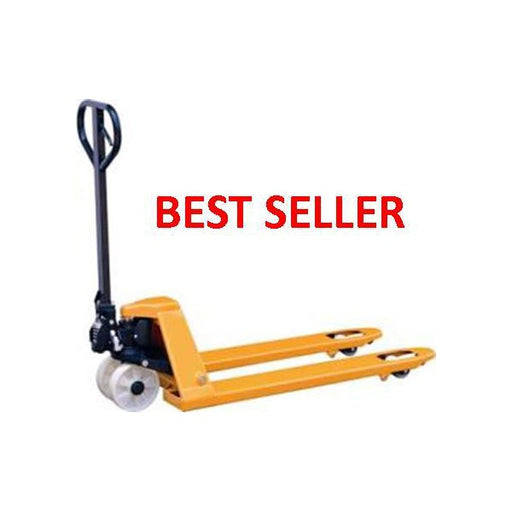 Sale
Sale
550 X 1150MM 2.5 TONNE PALLET TRUCK
Jackson HandlingVATfrom £284.00| /Capacity: 2500kg Minimum Fork Height: 85mm Maximum Fork Height: 200mm Size of Fork: 160mm X 60mm Overall Fork Width: 550mm Fork Length: 1150mm Su...
View full detailsVATfrom £284.00| /Sale -
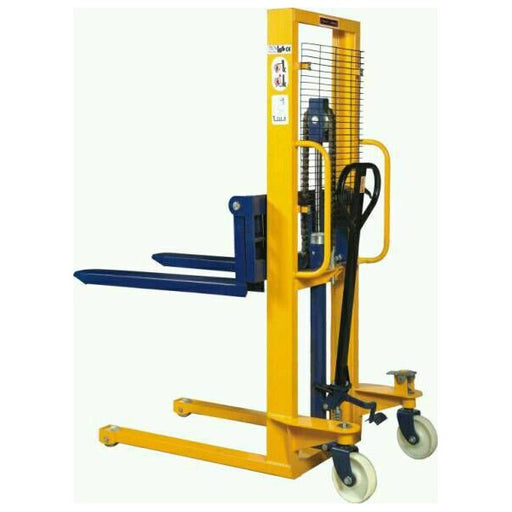 Sale
Sale
1 Tonne 3 Mtr Lift Manual Stacker
Jackson HandlingVAT£2,150.18| /The 1000kg Manual Forklift Pallet Stacker has fixed forks and is designed to enter the short side of Euro pallets where no slats of wood are runni...
View full detailsVAT£2,150.18| /Sale -
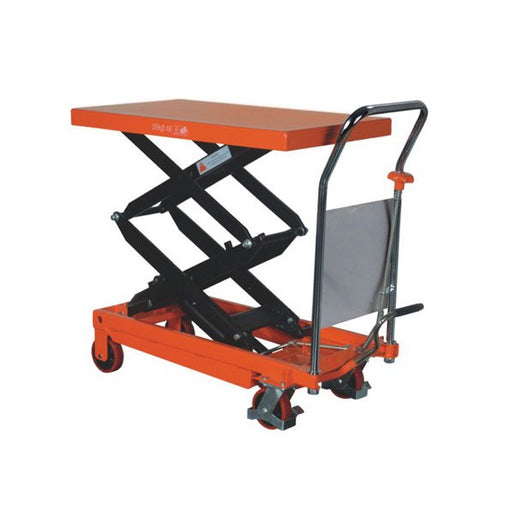 Sale
Sale
DOUBLE SCISSOR LIFT TABLE TRUCK 610MM X 1220MM 700KG
Jackson HandlingVAT£1,164.71| /Capacity 700kg Min.table height 445mm Max.table height 1500mm Dimension of table 1220mm x 610mm Caster wheel Φ127mm Foot pedal c...
View full detailsVAT£1,164.71| /Sale -
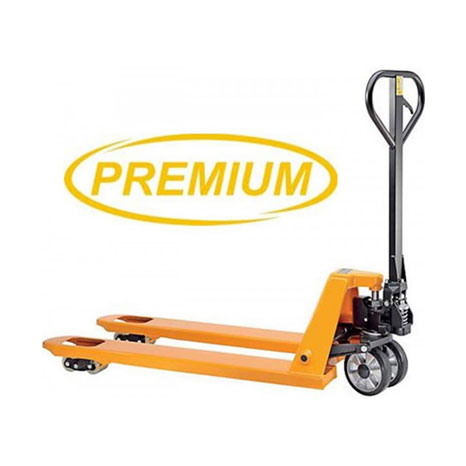 Sale
Sale
2.5 TONNE 550 X 1150MM RUBBER STEER WHEELS, PU ROLLERS
Jackson HandlingVAT£397.06| /Capacity: 2500kg Minimum Fork Height: 85mm Maximum Fork Height: 190mm Size of Fork: 160mm X 60mm Overall Fork Width: 550mm Fork Length: 1150mm St...
View full detailsVAT£397.06| /Sale -
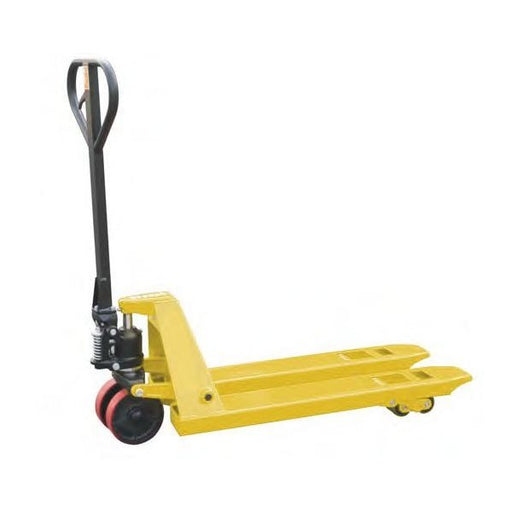 Sale
Sale
2.5 TONNE PRINTERS PALLET TRUCK 450 X 800
Jackson HandlingVAT£450.00| /Capacity: 2500kg Minimum Fork Height: 85mm Maximum Fork Height: 190mm Size of Fork: 160mm X 60mm Overall Fork Width: 450mm Fork Length: 800mm Su...
View full detailsVAT£450.00| /Sale -
 Sale
Sale
SUPER LOW PROFILE 530 X 1150 35MM HIGH
Jackson HandlingVAT£836.47| /Capacity: 1000kg Minimum Fork Height: 35mm Maximum Fork Height: 165mm Size of Fork: 160mm x 30mm Overall Fork Width: 540mm Fork Length: 1150mm ...
View full detailsVAT£836.47| /Sale -
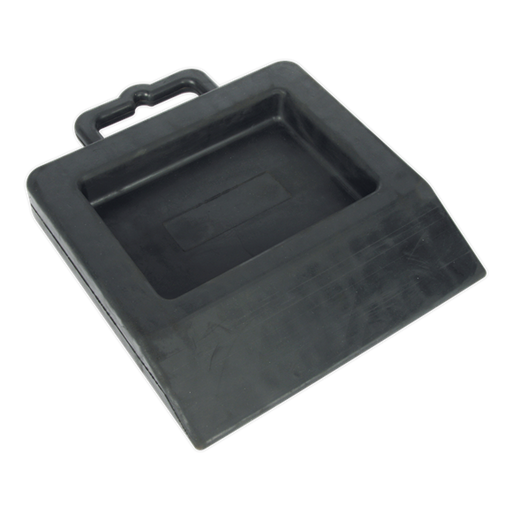 Sale
Sale
PALLET TRUCK STOP CHOCK
Jackson HandlingVAT£67.06| /Capacity: 2500kgMinimum Fork Height: 85mmMaximum Fork Height: 190mmSize of Fork: 160mm x 60mmOverall Fork Width: 540mmFork Length: 800mm Channel ...
View full detailsVAT£67.06| /Sale -
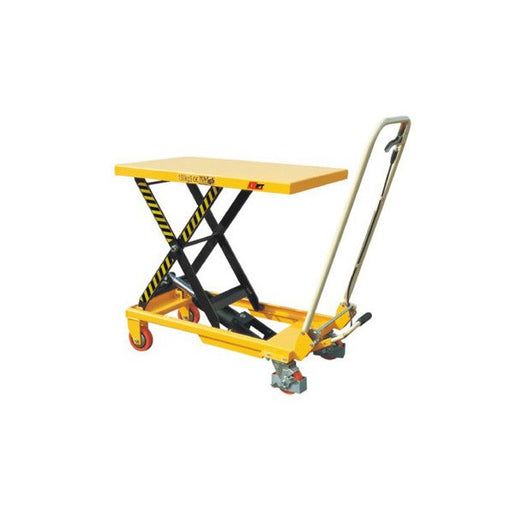 Sale
Sale
LIFT TABLES
Jackson HandlingVATfrom £363.86| /Ideally suited for use as a feeding table on an assembly line. Heavy duty steel construction. Easy action foot operated hydraulic lift for raisin...
View full detailsVATfrom £363.86| /Sale -
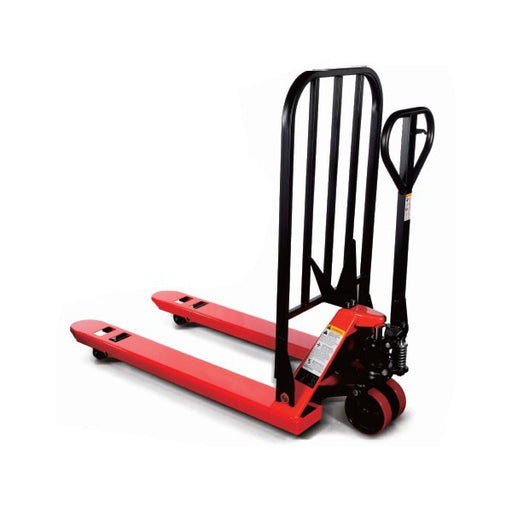 Sale
Sale
PALLET TRUCK WITH BOX GUARD
Jackson HandlingVAT£584.12| /Box guard adapts to a variety of cargo sizes and shapes to keep loads stable. Prevents accidental lifting of second pallet by lowering frame guar...
View full detailsVAT£584.12| /Sale -
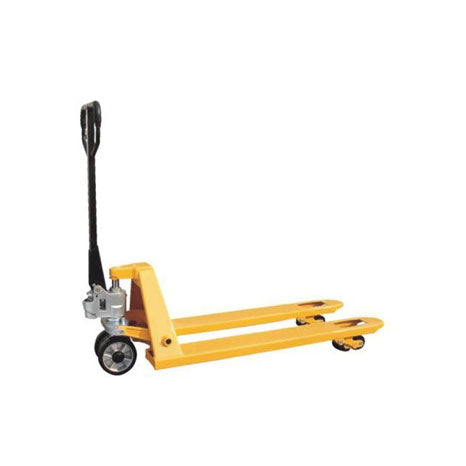 Sale
Sale
3 TONNE 550 X 1150 Pallet Truck
Jackson HandlingVAT£501.18| /Capacity: 3000kg Minimum Fork Height: 85mm Maximum Fork Height: 190mm Size of Fork: 160mm X 60mm Overall Fork Width: 550mm Fork Length: 1150mm S...
View full detailsVAT£501.18| /Sale -
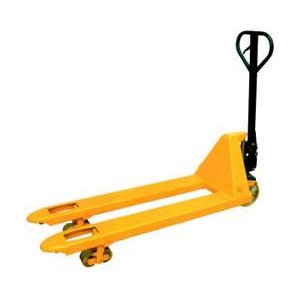 Sale
Sale
3 TONNE 685 X 1150 TWIN NYLON
Jackson HandlingVAT£501.18| /Capacity: 3000kg Minimum Fork Height: 85mm Maximum Fork Height: 190mm Size of Fork: 160mm X 60mm Overall Fork Width: 685mm Fork Length: 1150mm S...
View full detailsVAT£501.18| /Sale -
 Sale
Sale
3 TONNE 685 X 1000 TWIN NYLON
Jackson HandlingVAT£501.18| /Capacity: 3000kg Minimum Fork Height: 85mm Maximum Fork Height: 190mm Size of Fork: 160mm X 60mm Overall Fork Width: 685mm Fork Length: 1000mm S...
View full detailsVAT£501.18| /Sale -
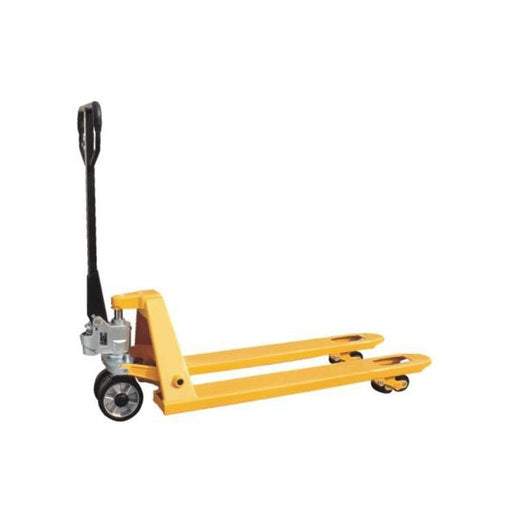 Sale
Sale
2.5 TONNE 685 X 1150 TWIN NYLON
Jackson HandlingVAT£407.00| /Capacity: 3000kg Minimum Fork Height: 85mm Maximum Fork Height: 190mm Size of Fork: 160mm X 60mm Overall Fork Width: 685mm Fork Length: 1150mm S...
View full detailsVAT£407.00| /Sale -
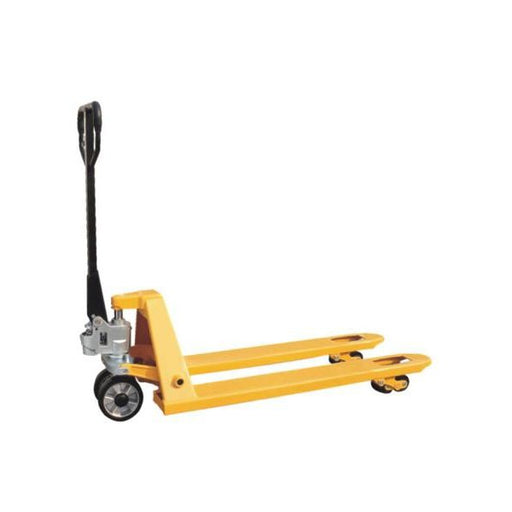 Sale
Sale
2.5 TONNE 685 X 1000 TWIN NYLON
Jackson HandlingVAT£416.47| /Capacity: 2500kg Minimum Fork Height: 85mm Maximum Fork Height: 190mm Size of Fork: 160mm X 60mm Overall Fork Width: 685mm Fork Length: 1000mm S...
View full detailsVAT£416.47| /Sale -
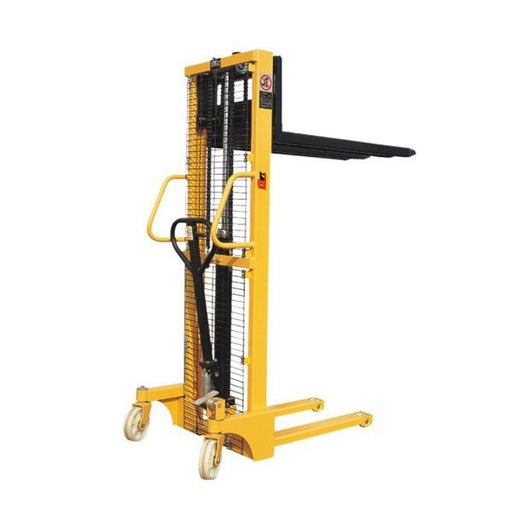 Sale
Sale
500KG 1.6 METRE MANUAL STACKER
Jackson HandlingVAT£1,026.30| /Capacity: 500kgLoad center: 550mmMax.Fork Height: 1600mmLowered Fork Height: 85mmFork Adjust Width: 550mmFork Width: 150mmFork Length: 1050mmOvera...
View full detailsVAT£1,026.30| /Sale -
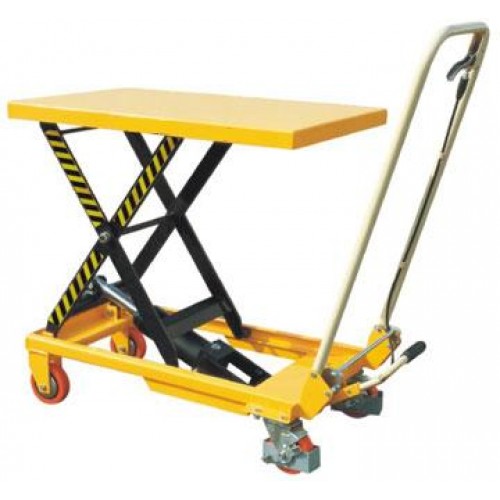 Sale
Sale
150KG Lifting Table
Jackson HandlingVATfrom £314.00| /Ideally suited for use as a feeding table on an assembly line.Heavy duty steel construction.150kg capacity.Easy action foot operated hydraulic ...
View full detailsVATfrom £314.00| /Sale -
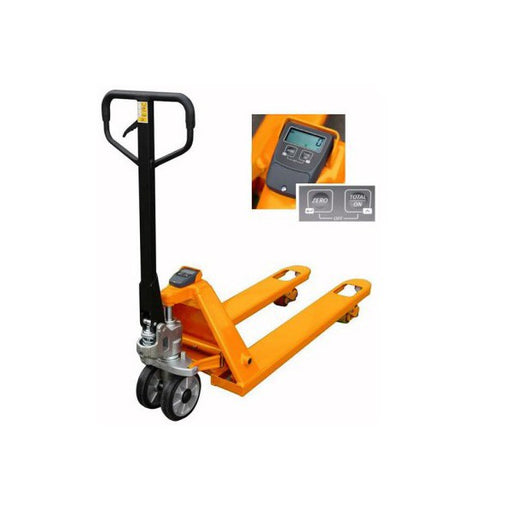 Sale
Sale
2000KG WEIGH SCALE 540 X 1150
Jackson HandlingVAT£752.00| /Capacity: 2000kg Increments: 5kg Minimum Fork Height: 85mm Maximum Fork Height: 200mm Size of Fork: 182mm X 50mm Overall Fork Width: 540mm Fork L...
View full detailsVAT£752.00| /Sale -
 Sale
Sale
2000KG WEIGH SCALE 540 X 1150
Jackson HandlingVAT£959.00| /Pallet truck with scale weighing 2000kg x 1kg capacity Mobile pallet truck/scale, allows you to weigh cargo where you want and when you want Redu...
View full detailsVAT£959.00| /Sale -
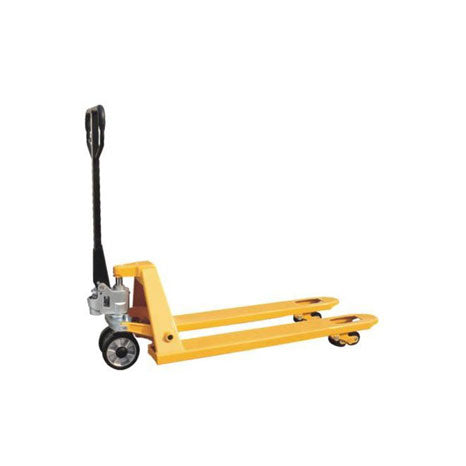 Sale
Sale
2.5 TONNE 685 X 1150 TWIN NYLON
Jackson HandlingVATfrom £400.59| /Capacity: 2500kg Minimum Fork Height: 85mm Maximum Fork Height: 200mm Size of Fork: 160mm X 60mm Overall Fork Width: 685mm Fork Length: 1150mm S...
View full detailsVATfrom £400.59| /Sale -
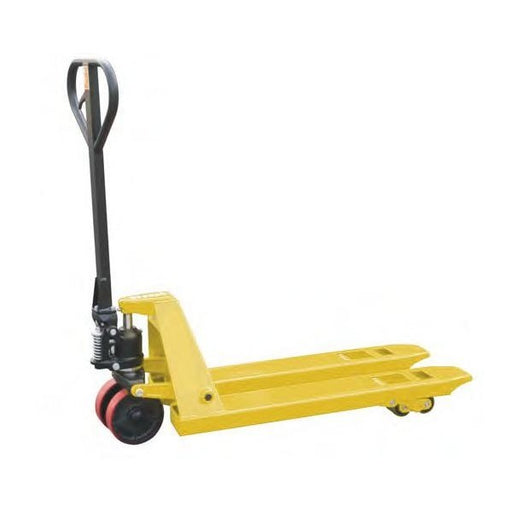 Sale
Sale
2.5 TONNE PRINTERS PALLET TRUCK 540 X 800
Jackson HandlingVAT£330.00| /Capacity: 2500kg Minimum Fork Height: 85mm Maximum Fork Height: 190mm Size of Fork: 160mm X 60mm Overall Fork Width: 540mm Fork Length: 800mm C...
View full detailsVAT£330.00| /Sale -
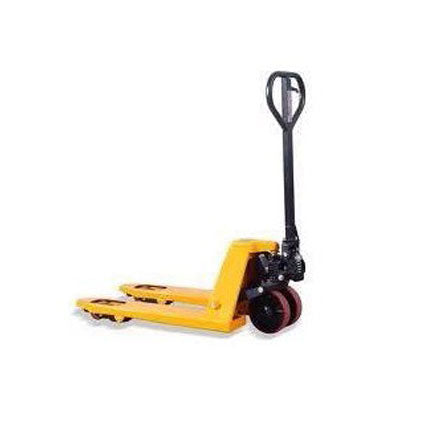 Sale
Sale
2.5 TONNE PRINTERS PALLET TRUCK 450 X 900
Jackson HandlingVAT£371.00| /Capacity: 2500kg Minimum Fork Height: 85mm Maximum Fork Height: 200mm Size of Fork: 160mm X 60mm Overall Fork Width: 450mm Fork Length: 900mm Su...
View full detailsVAT£371.00| /Sale -
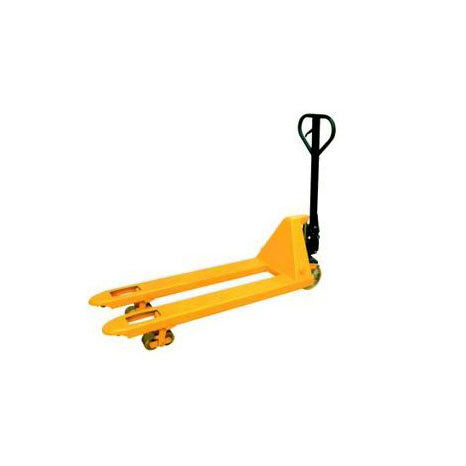 Sale
Sale
2.5 TONNE PRINTERS PALLET TRUCK 450 X 1220
Jackson HandlingVAT£407.00| /Capacity: 2500kg Minimum Fork Height: 85mm Maximum Fork Height: 190mm Size of Fork: 160mm X 60mm Overall Fork Width: 450mm Fork Length: 1220mm S...
View full detailsVAT£407.00| /Sale -
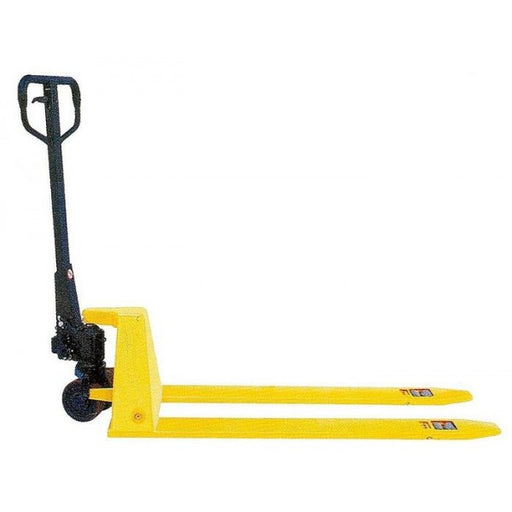 Sale
Sale
Low Profile Pallet Truck 540 X 1120 51mm High
Jackson HandlingVAT£698.57| /Capacity: 1500kg Minimum Fork Height: 51mm Maximum Fork Height: 165mm Size of Fork: 160mm x 30mm Overall Fork Width: 540mm Fork Length: 1120mm ...
View full detailsVAT£698.57| /Sale -
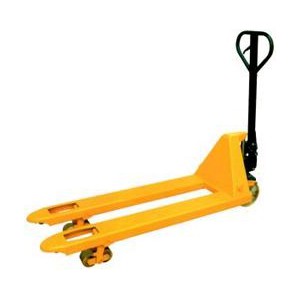 Sale
Sale
3 TONNE 685 X 1150
Jackson HandlingVAT£407.00| /Capacity: 3000kg Minimum Fork Height: 85mm Maximum Fork Height: 190mm Size of Fork: 160mm X 60mm Overall Fork Width: 685mm Fork Length: 1150mm S...
View full detailsVAT£407.00| /Sale
Pallet Trucks
Pallet Trucks & Pump Trucks
Keep your goods moving smoothly and safely with Jackson Handling’s expertly engineered pallet trucks and pump trucks. From busy warehouses to retail backrooms and construction sites, our range combines rugged dependability with ergonomic design, helping your team lift, shift and position pallets with minimal effort and maximum control.
Our Pallet Truck Range at a Glance
- Standard Hand Pallet Trucks – 2,500 kg capacity, 540 mm fork width; the everyday warehouse workhorse.
- Heavy-Duty Models – up to 5,000 kg for specialist loads and steel pallets.
- Low-Profile Trucks – 36 mm lowered height for low-clearance or disposable pallets.
- High-Lift / Scissor Trucks – raise pallets to bench height for picking or assembly lines.
- Galvanised & Stainless-Steel Units – perfect for food, pharmaceutical and wash-down areas.
- Weigh-Scale Pallet Trucks – built-in scales for fast pick-and-weigh operations.
- Extra-Long or Extra-Short Forks – from 800 mm to 2,000 mm to match every pallet size.
Every truck is supplied fully assembled, tested and CE-marked, ready for immediate use.
Key Features & Benefits
- Ergonomic Pump Handle reduces strain and allows precise, feather-touch lifting.
- Tough Nylon or PU Wheels roll smoothly over rough floors while protecting delicate surfaces.
- One-Piece Steel Chassis resists torsion and premature wear.
- Pressure Relief Valve prevents overload damage to the hydraulic pump.
- Powder-Coat Finish in high-visibility yellow for improved safety and corrosion resistance.
- 12-Month Warranty with local service support and readily available spares.
Choosing the Right Pallet Truck
- Calculate Load Weight & Pallet Size – choose a capacity that exceeds your heaviest typical load by at least 10 %.
- Check Fork Dimensions – the forks should support at least 80 % of the pallet length.
- Consider Floor Surface – nylon wheels for smooth concrete; polyurethane for tiles or mezzanines.
- Environment Matters – opt for stainless steel in wet or hygienic areas.
- Frequency of Use – heavy-duty pumps and sealed bearings extend lifespan on intensive shifts.
Need advice? Our in-house lifting specialists are just a call or live-chat away.
Why Buy Your Pump & Pallet Trucks from Jackson Handling?
- Stock Held in the UK for same-day dispatch; next working-day delivery nationwide.
- Competitive Pricing & Bulk Discounts – contact us for contract rates.
- Bespoke Options including corporate colours, fork wideners and rubberised grip handles.
- Expert After-Sales Support – on-site LOLER inspections and servicing available.
- One-Stop Lifting Shop – pair your new truck with ratchet straps and edge protectors for a complete solution.
Pump Trucks Explained
“Pump truck” is simply another name for a hand pallet truck – the hydraulic pump in the handle raises the pallet clear of the floor so it can be rolled. Some operators also use “pallet jack” or “pump up pallet trolley”, especially in North America. Whichever term you prefer, the mechanics are identical: a hard-chromed piston forces oil into the ram, lifting the fork frame while an overload valve safeguards against excessive pressure.
Frequently Asked Questions
What capacity pallet truck do I need?
Select a working load limit greater than your heaviest pallet; most UK 4-way pallets are under 1,000 kg, but Euro pallets can exceed 1,400 kg when fully loaded.
How often should my pallet truck be serviced?
We recommend a visual inspection before each shift and a full service every 12 months or 500 hours, whichever comes first.
Can I use a pallet truck on a lorry tail-lift?
Yes, but choose polyurethane steer wheels for extra grip and ensure the tail-lift’s safe working load exceeds the combined weight of truck and pallet.
Do you offer finance?
Yes – lease or buy-now-pay-later options are available at checkout for orders over £1,000 + VAT.
Is training required?
While there is no formal licence, employers must provide adequate instruction under PUWER regulations.

























